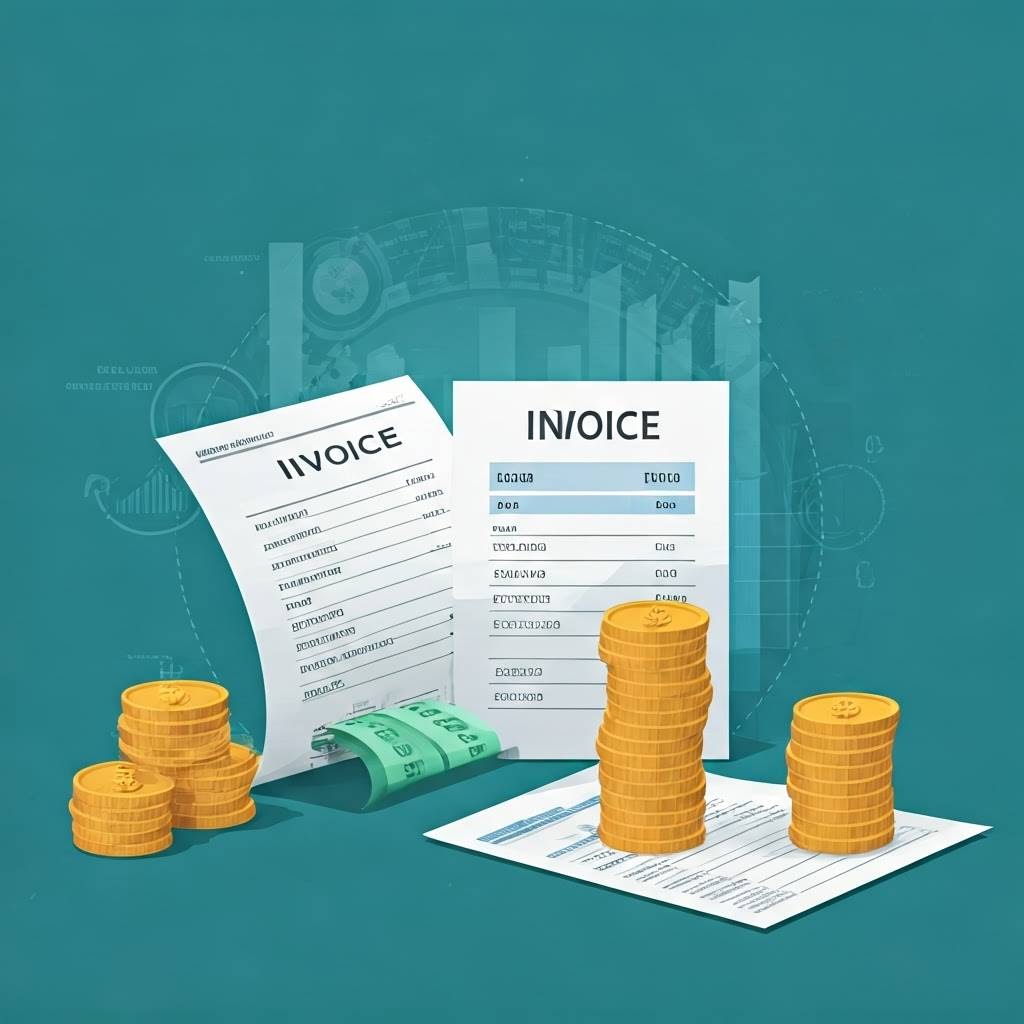This post is also available in:
Bahasa Malaysia
Effective credit control is essential for small businesses to maintain healthy cash flow and avoid financial difficulties. Extending credit to customers can help boost sales, but if not managed properly, it can lead to cash shortages, bad debts, and even business failure.
This article explores how small businesses can implement effective credit control, determine the ideal credit period, and understand the consequences of poor credit management.
What is Credit Control?
Credit control refers to the strategies and processes a business uses to manage customer credit, ensure timely payments, and minimize the risk of non-payment. It includes setting credit terms, assessing customer creditworthiness, issuing invoices promptly, and following up on overdue payments.
Steps to Effective Credit Control
- Establish a Credit Policy
- Define clear credit terms and conditions.
- Determine which customers qualify for credit.
- Set credit limits based on customer financial health.
- Assess Customer Creditworthiness
- Conduct background checks and review financial statements.
- Use credit reports and trade references to evaluate reliability.
- Require new customers to complete a credit application form.
- Set an Ideal Credit Period
- The ideal credit period depends on industry standards and business cash flow needs.
- Common credit terms include 30, 45, or 60 days.
- A shorter credit period (e.g., 15-30 days) is preferable for small businesses to maintain liquidity.
- Invoice Promptly and Accurately
- Send invoices immediately after delivering goods or services.
- Ensure invoices are clear, accurate, and contain due dates and payment methods.
- Monitor Receivables and Follow Up
- Keep track of outstanding payments using accounting software.
- Send payment reminders before the due date and follow up immediately on overdue invoices.
- Offer early payment discounts to encourage prompt payments.
- Take Action on Late Payments
- Implement a structured escalation process (reminders, calls, legal notices).
- Charge late payment fees if necessary.
- As a last resort, involve a collection agency or take legal action.
Consequences of Poor Credit Control
Failure to manage credit control effectively can have serious repercussions:
- Cash Flow Problems: Late or unpaid invoices can lead to an inability to cover business expenses such as rent, salaries, and supplier payments.
- Increased Bad Debts: Customers who do not pay can cause direct financial losses.
- Strained Supplier Relationships: Inability to pay suppliers on time may damage business credibility.
- Reduced Profitability: More resources spent chasing payments reduce business efficiency and profitability.
- Business Closure: Persistent cash flow issues and high bad debts can lead to insolvency.
Conclusion
Managing credit control is crucial for small businesses to ensure consistent cash flow and financial stability.
By setting clear credit policies, monitoring receivables, and enforcing timely payment collection, businesses can reduce risks associated with late or non-payments.
The ideal credit period should balance customer convenience with business liquidity, typically within 30 days for small enterprises. Implementing these best practices will help small businesses thrive while minimizing financial risks.

Understanding Debt Ratio and Its Importance for Small Businesses
Debt ratio is a financial metric that helps business owners understand how much of their company’s assets are financed through debt rather than equity.

The Importance of Monitoring Accounts Receivable
While it may seem like just another line item on the balance sheet, closely monitoring accounts receivable can significantly impact a company’s financial health and operational efficiency.
